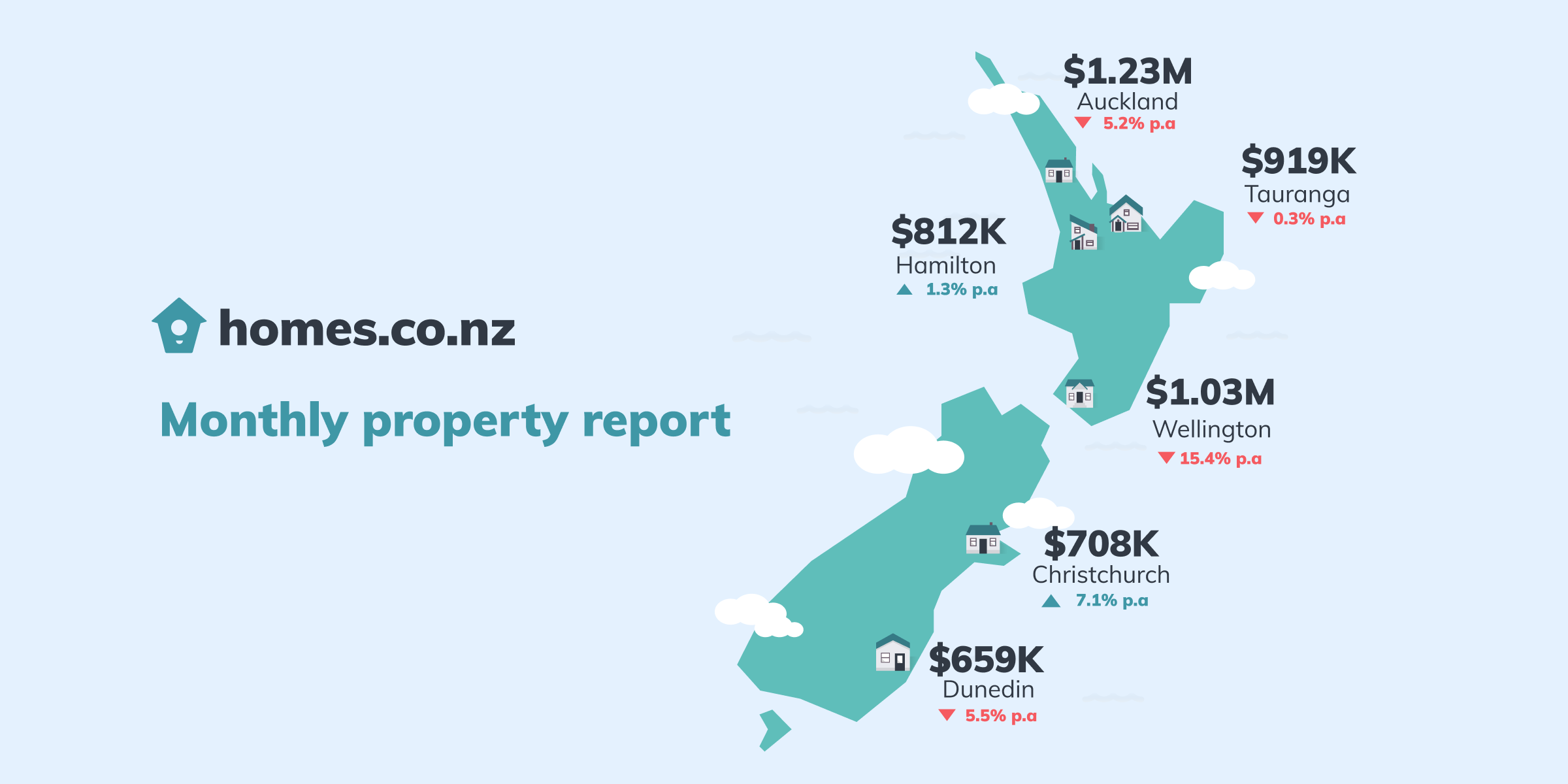This week I have two of my monthly surveys to report on – one of valuers and the other of mortgage advisors. There is an interesting divergence between the two, even though both surveys were conducted after Auckland went into lockdown level 3. The survey of valuers reflects the perception of underlying trends held by valuers, and those results are stronger than in July.
The mortgage advisors survey however mainly captures completely up to the minute perceptions of those advisors, and those results clearly reveal a wave of caution cased by the lockdown. They also reveal big problems of congestion for people looking to borrow funds to finance a home purchase with long turnaround times for banks.
Tview Premium includes comments by valuers and advisors on a regional basis.
I’ll start with the valuers’ survey results. A net 67% of 33 respondents report that the volume of enquiry for valuations has gone up in the past month.

A net 9% say enquiries for off the plan valuations have increased. This is interesting because it suggests a rise in people and businesses thinking about undertaking construction. The improvement is entirely confined to residential work however, and this feeds into thoughts that while house construction will decline over the coming 1-2 years, the falling away of activity won’t be as great as the 34% after the GFC.
A net 24% of valuers say they are now valuing less conservatively than last month which is quite a turnaround. But again, this is entirely due to the residential market where a net 57% are valuing less conservatively versus 29% more conservative last month. For commercial properties a net 36% are still saying they are valuing things more conservatively.

Finally, with regard to prices, a net 71% of those valuing residential property and 27% of those valuing commercial property feel that prices are going up. The July results respectively were 33% and -11%. As with the graphs above, this one covers both residential and commercial responses.

With regard to comments submitted by respondents I have discerned these key themes.
- Investors are hungry for industrial property.
- Retail property is weak.
- Residential demand is strong, especially in
lower-priced brackets. - Bank finance is very hard to get.
Now the mortgage advisors.
Of the 92 responses received a net 10% said that they are seeing fewer first home buyers looking for advice than last month. This is quite a turnaround
from a net 45% seeing more FHBs in July and a net 79% in June. A fall from 45% would be expected given the simple passage of time away from Lockdown 1 and ending of the catch-up period. But the -10% result suggests young people have become much more cautious and have put things on hold for now.

For investors, the direction of change is the same, but not as intensely so. A net 1% of advisors said that they are seeing more investors seeking advice than a month ago, versus a net 23% in July and 51% in June.

Why might this difference exist between FHBs and investors? Perhaps the Reserve Bank’s comments regarding the potential for a negative cash rate next year. For both investors and first home buyers this will mean lower mortgage rates by perhaps up to 0.5%. But for investors it also means potentially much lower term deposit rates – rates which are already at very low levels and have continued to fall in recent weeks while mortgage rates have held static.
The fourth question in my Mortgage Advisors survey enquires about whether more or fewer property owners are seeking advice on refinancing. A net 3% of advisors report fewer people are doing so, versus 12% and 29% net in July and June respectively reporting more queries.
The real value of this monthly survey of mortgage specialists comes from the insights which we can glean regarding bank lending willingness and policies. The numerical result is produced by advisors answering the question of whether they feel banks are becoming more or less willing to
advance funds for a residential property purchase.
In June a net 60% of advisors reported reduced bank lending willingness, and in July a net 53%. In this month of August, a net 13% reported
reduced lending willingness.
So, banks are still perceived as keeping their credit reins tight. But each month a few more advisors have been reporting that things are becoming less tight. This trend will be welcome news to those seeking to buy property. But, at – 13% things are still perceived overall as getting tighter.

From the comments submitted by mortgage advisors I discern these key themes.
- Banks require a lot more information than before and are particularly demanding of SMEs and the self-employed.
- High levels of UMI (uncommitted monthly income) are being demanded by banks.
- Listings remain in short supply.
- Turnaround times remain extremely high around 10-14 days. But many advisors note if clients go direct to a bank, turnaround is usually less than 48 hours.
Interest Rates
Tview Premium contains detailed graphs and analysis of rate alternatives for borrowers and term depositors.
Here is a reminder that floating mortgage rates and fixed mortgage rates are driven by different, though related, things. Floating mortgage rates
mainly reflect the level of the official cash rate set by the Reserve Bank. The RB’s overnight cash rate heavily influences 90-day bank bill yields and
other short-dated bank funding securities, and those securities are used to fund floating rate lending. So too are short-dated retail deposits,
and rates for those short-dated term deposits also move closely with changes in the OCR and bank bill yields.
When it comes to fixed mortgage rates, the influence of short-term funding costs diminishes the further out you go along the yield curve. In fact,
whereas banks largely fund floating rate lending with floating rate borrowing, they fund fixed rate lending with fixed rate borrowing. That keeps risks in check. The last thing you want to do is fund a whole bunch of fixed rate loans at floating rates then have those funding costs jump up.
Fixed rate borrowing costs tend to be heavily influenced by rates for similar terms in the United States markets, and expectations of where short-term borrowing costs will go in New Zealand. This is why the Reserve Bank can sometimes seek to reinforce the impact of changes in its official cash rate with strong words. They want to change expectations for where borrowing costs facing banks will be in the future. By doing that they can influence not just short-term interest rates but long-term ones as well.
Hence, the strong comments by the RB regarding potential for a negative official cash rate next year are aimed at pushing medium to long-term interest rates lower now.
If you want to keep track of where bank funding costs are going for medium – to long-term fixed rate lending, your best bet is to track swap rates which is what I do in Tview Premium where I also present graphs showing margin shifts.
Term Deposit Rates
I’d say just about anyone reading this little section could also write it – along these lines.
- Banks are cutting term deposit rates little bit by little bit each week.
- These cuts will continue for the next few months with the RB targeting even lower wholesale interest rates.
- Rate rises for term depositors lie some years down the track.
- The effect of sustained low term deposit rates will be to encourage people into other assets, making their prices higher than would otherwise be the case – like housing.


